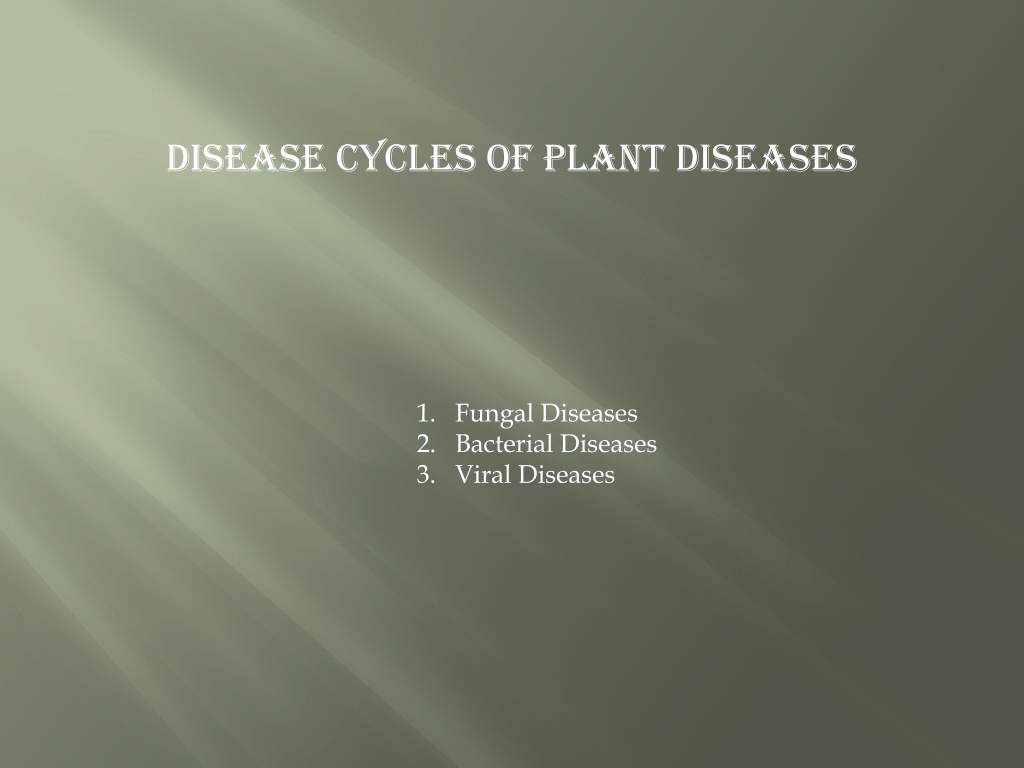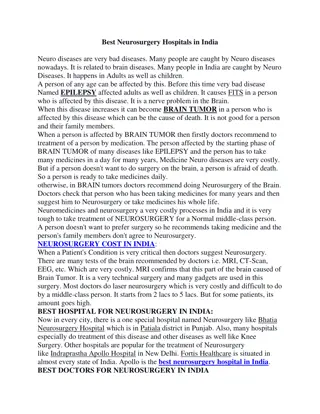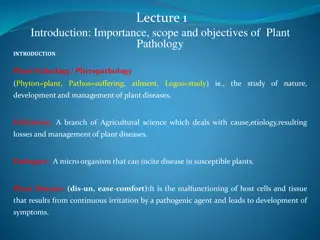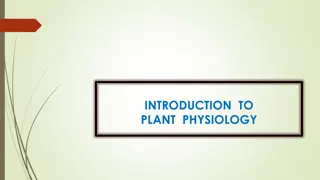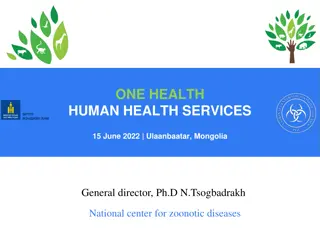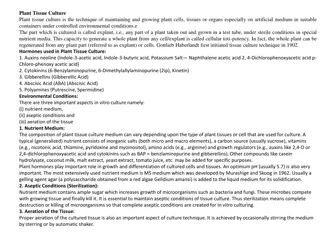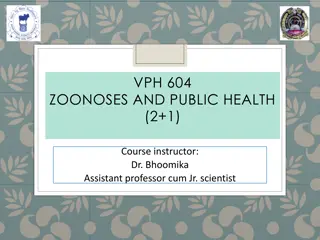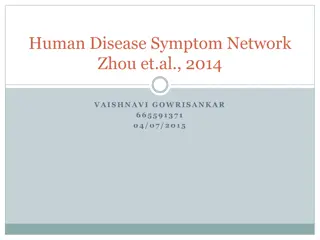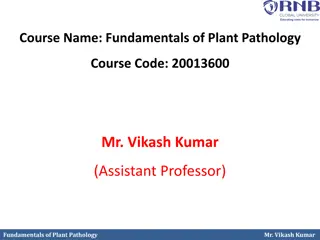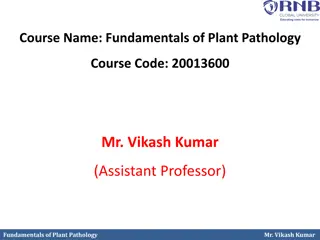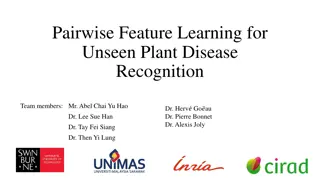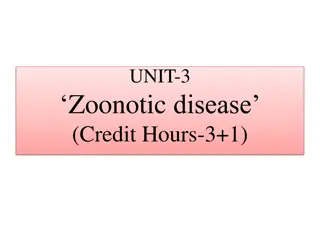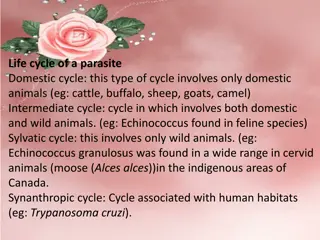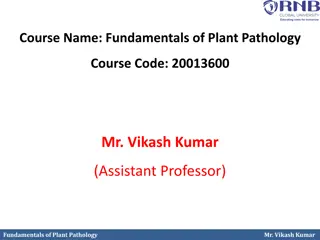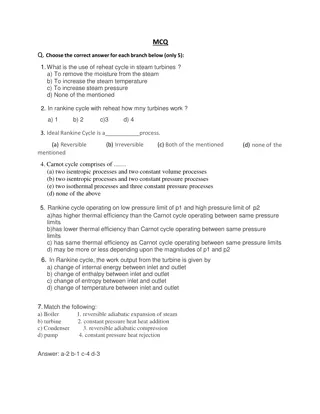Disease cycles of Plant Diseases
The dynamic cycles of plant diseases categorized into fungal, bacterial, and viral types. Gain insights into the impact of these diseases on plants, and learn about their prevention and management strategies. Understand the complexities of disease progression and how different pathogens interact within plant ecosystems.
Download Presentation

Please find below an Image/Link to download the presentation.
The content on the website is provided AS IS for your information and personal use only. It may not be sold, licensed, or shared on other websites without obtaining consent from the author.If you encounter any issues during the download, it is possible that the publisher has removed the file from their server.
You are allowed to download the files provided on this website for personal or commercial use, subject to the condition that they are used lawfully. All files are the property of their respective owners.
The content on the website is provided AS IS for your information and personal use only. It may not be sold, licensed, or shared on other websites without obtaining consent from the author.
E N D
Presentation Transcript
Disease cycles of Plant Diseases 1. Fungal Diseases 2. Bacterial Diseases 3. Viral Diseases
White Rust of Crucifers Primary infection by perenating oospores in soil or mycelium perenating on perennial hosts (Primary innoculum under favorable conditions) Germination of oospores Swim and land on host,Germinate and enter host and establish infection Intercellular mycelium formed in the host with globose haustoria Mycelium accumulates below lower epidermis and formation of clavate conidiophores at the tip of hyphae Formation of conidiosporangia on conidiophores in basipetal succession Lower epidermis breaks off and symptoms appear on the leaves Conidiosporangia produced in early phase cause secondary infection in host Under unfavorable conditions oospores formed by sexual reproduction which perennate
https://www.google.co.in/url?sa=i&url=http%3A%2F%2Fwww.biologydiscussionhttps://www.google.co.in/url?sa=i&url=http%3A%2F%2Fwww.biologydiscussion .com%2Fplant-pathology%2Fwhite-rust-of-crucifers-with- diagram%2F64247&psig=AOvVaw3KQpdvXSvF97ZAae05mnve&ust=15870393319 61000&source=images&cd=vfe&ved=0CAIQjRxqFwoTCKjG6LS06ugCFQAAAAAd AAAAABAD
EARLY BLIGHT OF POTATO Primary inoculum is infected plant debris (Mycelium and conidia of pathogen are viable for more than one year at room temperature) Conidia germinate and germ tubes enter through stomata of lower leaves or may be directly through epidermis Incubation period of 2-3 days under favourable conditions of temperature and moisture ( symptoms in the form of necrosis can be seen on leaf and stem after 48 to 72 hrs.) Secondary infection through conidia formed on the infected regions after 5-7 days of primary infection Chlorosis is due to the secretion of a toxic material by the fungus which was named as Alternaric Acid by Brain et al 1952
https://www.google.com/url?sa=i&url=http%3A%2F%2Fwww.biologydiscussion.chttps://www.google.com/url?sa=i&url=http%3A%2F%2Fwww.biologydiscussion.c om%2Fplants%2Fplant-diseases%2Fearly-blight-of-potato-with-diagram-plant- diseases%2F64337&psig=AOvVaw02FPYO4vvxsENE3Nie0VYi&ust=15871222514290 00&source=images&cd=vfe&ved=0CAIQjRxqFwoTCNCmoaPp7OgCFQAAAAAdA AAAABAD
Black rust of Wheat Aecidiospores from barberry leaves are blown by wind Germinate on wheat Produce dikaryotic mycelium on wheat Produce binuucleate uredospores on uredosori in subepidermal region of the infected organ Disseminated by rain or wind infecting new plants Late in growing season uredia start producing bicelled teleutospores and these sori are called teleutosori After wheat harvest, teleutospores remain dormant and Survive even in the harsh winters Germinate under high humidity and moisture conditionsand produce basidia and basidiospores(n) Haplophase starts and basidiospores germinate under favourable on alternate host i.e. Barberry Leaves Mycelial mat is formed under the upper epidermis and flask shaped pycnidia are formed Plasmogamy or spermatisation occurs between spermatia and receptive hyphae of opposite strains producing a Dikaryon Haplomycelium penetrates the entire leaf reaching lower surface of leaf formind aecidia and aecidiospores there which are disseminated to wheat plants by air or wind and the cycle continues
Citrus Canker 1. Perennation of the pathogen is in the old lesions on twigs which are still attached to the plant 2. infection through stomata and wounds 3. The disease is carried away by insects and rain to new localities and is not soil borne 4. Dissemination by planting infected plant stocks in new areas
Angular Leaf Spot of Cotton Infection is carried from one season to another by trash and infected seeds. Pathogen was found to be active in dried leaves for 17 years In suspension for 8 days Also active in air dried and moist soils at temoperatures ranging from 21-33 C. By chopping the stalks after harvest and covering with moist soil could make the pathogen non-effective Primary infection through seeds which carry the pathogen both externally and internally Trash is another source High temperature and humidity favour the disease Also transmitted by pests of cotton 1. 2. 3. 4. 5. 6. 7. 8. 9.
Tobacco Mosaic Disease 1. TMV survives on surface of contaminated seeds, infected leaves, manufactured tobacco including cigarettes and stalks in soil. 2. Initial infection is in wounded tissues of tobacco seedlings And of transplants in fields. 3. Virus produces systemic infections in leaves invading all the parenchyma cells. 4. Movement of virus is through plasmodesmatal connections, it multiplies and infects each cell and after reaching phloem tarvels the whole plant. 5. In cytoplsm , TMV appears as a crystalline and as amorphous bodies https://www.google.com/url?sa=i&url=http%3A%2F%2Fwww.biologydiscussion.com%2Fplants%2Fplant-diseases%2Ftobacco-mosaic- virus-symptoms-and-control%2F58712&psig=AOvVaw1DvErF27BEmhOsem- 4Llpb&ust=1587344673547000&source=images&cd=vfe&ved=0CAIQjRxqFwoTCPDHk--l8-gCFQAAAAAdAAAAABAD
Yellow Vein Mosaic of Bhindi 1.Virus is not sap transmissible. 2. Can be artificially transmitted though grafting. 3. Whitefly, Bemisia tabaci is reported to spread the virus in fields. Virus may attack plants othedr than bhindi. Also refer to : https://www.google.com/url?sa=i&url=http%3A%2F%2Fwww.biologydiscussion.com%2Fplants%2Fplant- diseases%2Ftobacco-mosaic-virus-symptoms-and- control%2F58712&psig=AOvVaw0kwNnnSS062r_6Ar_Al9lP&ust=1587344578653000&source=images&cd=vfe&ved=0CAIQjRxqFwoTC LChlcKl8-gCFQAAAAAdAAAAABAD
